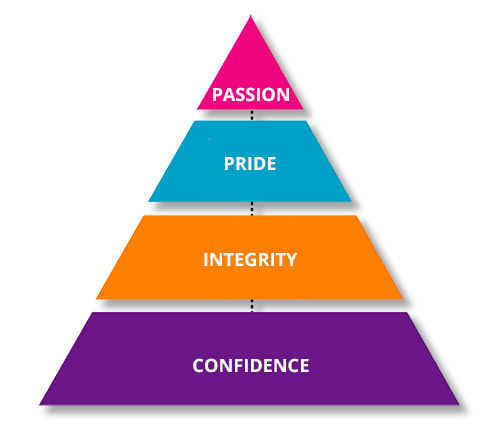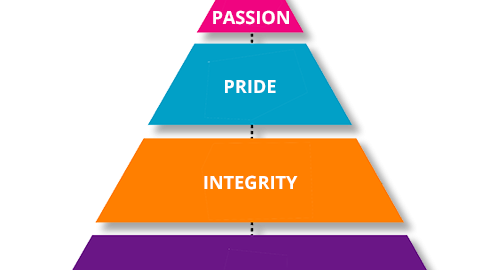— March 27, 2019
Gallup, an organization long noted for its in-depth analysis of employee and customer engagement, identified a number of necessary requirements for successful B2B customer focus. Dubbed the Customer Engagement Hierarchy, the model includes those elements that go beyond standard customer satisfaction and increase the level of engagement and loyalty in a customer base.
the model includes those elements that go beyond standard customer satisfaction and increase the level of engagement and loyalty in a customer base.
This customer engagement focus can be applied to how you treat your channel partners. They are, in a sense, customers in their own right—the fact of the matter is, you want them to fall in love with your company, your brand, and your products, even if the end result is having them sell for, rather than buy from, you.
This isn’t about simply providing some program features, software, and money. This is building a relationship with your channel partners and helping them to grow an affinity for your brand, which, subsequently, will help both your company and your channel partners succeed against sales and business goals.
Confidence
Gallup explains that this element refers to a customer believing that an organization “always delivers on [its promises” and is a “name I can always trust.” When attempting to reach this level with your channel partners, ensure that the requirements for partnership are spelled out in a way that leaves no room for interpretation. And as partnerships are always a two-way street, don’t forget that you have certain obligations to the partners as well. Key to building confidence is doing what you can to make the partnership run as smoothly as possible, which means that you respond to—and resolve—partner inquiries or issues quickly, and you also maintain a high level of transparency that gives your partners reassurance that the business goals for the partnership are clearly highlighted. If you’re running a channel incentive program, you could offer visualizations as to where, say, claims are within the approval process; if it’s not approved, let the partner see exactly why there’s a hold up and allow them to fix whatever is wrong in the order or invoice. This kind of transparency goes far in building partner confidence.
Integrity
Integrity refers to how the organization treats the customer—specifically, does the organization treat its customers fairly and honorably? If a channel partner comes to you with an issue, for example, it behooves you to respond to the problem respectfully and as thoroughly as possible. Don’t simply listen to them and then offer the most minimal resolution. Is your channel partner not performing as well as you believe they should or must? Instead of berating them for not hitting numbers, try offering educational materials—visual training, marketing materials, sell sheets, etc.—that offer a gentle push in the right direction as far as how you want your products to be sold. And if a mistake has been made on your end, hold yourself accountable; your channel partners will respect you more if you don’t try to put the blame on something or someone else, especially if you then take action to remedy the mistake.
Pride
For a customer to reach this level of engagement, Gallup says that an organization must treat the customer with respect and make him/her feel “proud to be a customer.” When speaking about channel partners, you have to make sure that you don’t pay attention just the top performers; being enthusiastic about wins of every size, including positive sales trends and other KPIs that don’t just apply to the top five sellers, can bring about a sense of pride in your channel partners, which encourages them, then, to pay more attention to what your company has to offer. If you’re using a channel incentive program as part of your overarching partner initiative, you can even monetize these achievements with the use of loyalty-based promotions that reward based on dedication to your brand and incremental sales progress. It’s win-win for everyone!
Passion
Hitting the pinnacle of this model means that the customer holds an organization in the highest possible regard; Gallup explains that this means that the customer “can’t imagine a world without” the organization. All companies working with channel partners should aspire to help those partners get to this stage. This is where the channel partner sells your products above any other competitor, where the partners splash your logo all of their websites as a mark of distinction, and where they feel they can respectfully trade ideas and concerns with you freely and receive the same in return.
Business & Finance Articles on Business 2 Community
(46)


